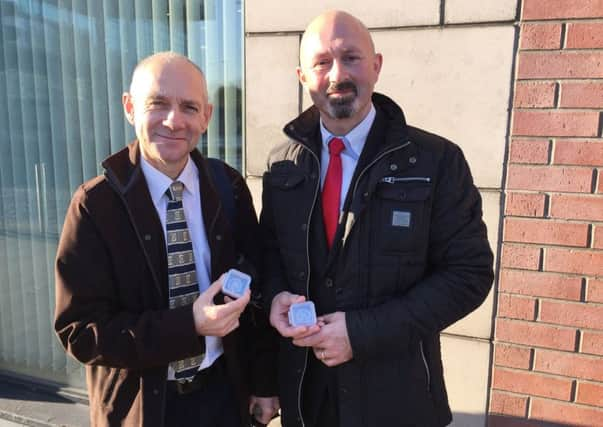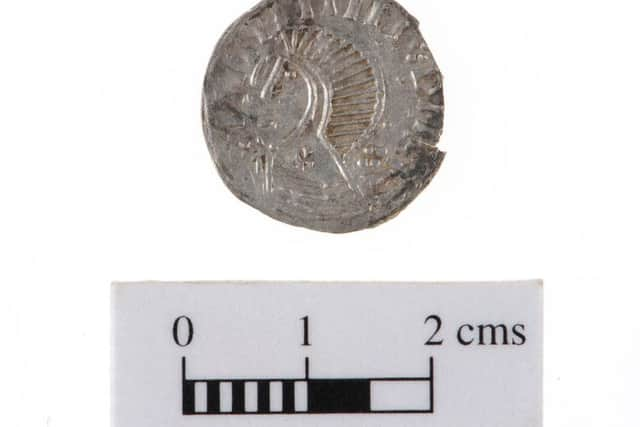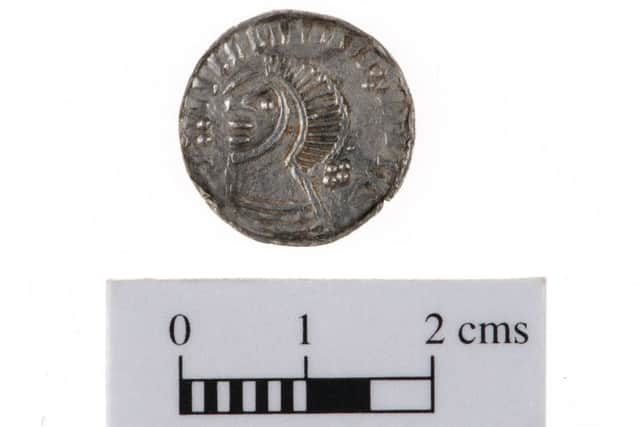Ulster Museum keen to display rare find


The coins are currently resting in the museum until they can be independently valued.
Dr Greer Ramsey, curator at National Museums Northern Ireland, said he hoped the Ulster Musuem would be able to add the 11th century coins to its Viking collection.
Advertisement
Hide AdAdvertisement
Hide AdThe coins were found by Moneymore man Brian Morton in May, who did not immediately realise the significance of his discovery on farmland near Newcastle, Co Down.


The 43-year-old, who takes his metal detector out once a week, said: “I didn’t know what they were at the time. But through time I got to know they were two extremely rare Hibernian-Manx coins.
“I was quite excited to say the least.”
A treasure inquest in Belfast heard the discovery of the Hiberno-Manx silver coins was a first for Northern Ireland, with less than a handful found anywhere in Ireland during the past four decades.
They were mainly circulated in the Isle of Man during the 11th century and are 93% silver.


Advertisement
Hide AdAdvertisement
Hide AdDr Ramsey explained the process whereby a find becomes valued treasure: “For a coin like this to be classified as treasure it needs to have greater than 10% silver, be at least 300 years old and there must be two or more of them.
“The word treasure is often thought to mean it is worth a substantial amount, and often people are let down by the valuation, but in this case it is a very significant find.”
The coins will be looked at by the Treasure Valuations Committee which is made up of a panel of experts including people from the antiques trade.
Dr Ramsey said it would be at least next year before the coins were valued as the comittee only meet four times a year.


Advertisement
Hide AdAdvertisement
Hide AdOnce valued the Ulster Museum would be offered the opportunity to buy the coins.
Dr Ramsey said the museum, which is government-funded through the Department of Communities, would be very interested in acquiring the artefacts subject to being able to come up with valuation price.
Exactly how the coins made their way to the Co Down hinterland remains uncertain, but one possibility is that they were taken during a Viking raid on a nearby monastery at Maghera, the court was told.
The discovery may also reflect a more peaceful trading or strategic links between the Isle of Man and south-east Ulster.